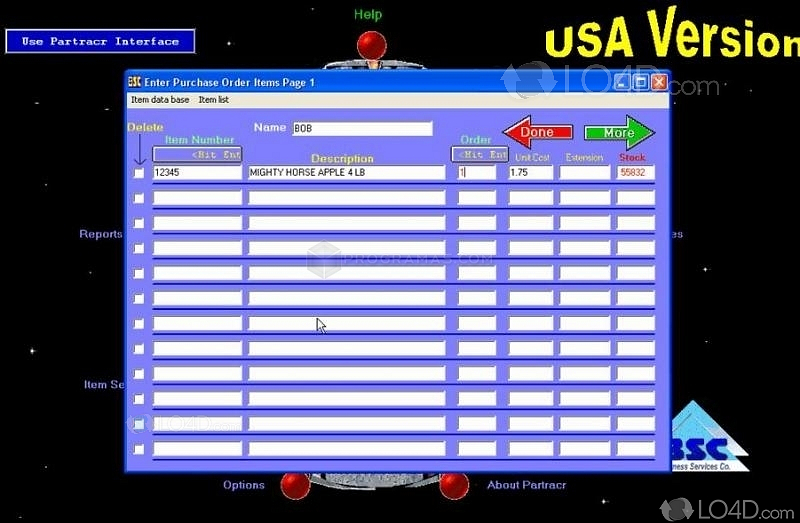

The Clean Water Act worked to clean up major waterways from industrial pollutants and sewage in the ‘70s and ‘80s. Sewage treatment plants posed one of the greatest challenges to the health of the Delaware River at the time. In today’s deregulatory climate, it’s helpful to take a look at what those regulations did and what challenges lie ahead for the Delaware Watershed. The backbone of the nation’s current water quality regulations dates back to the early 1970s with the passage of laws like the Safe Drinking Water Act and the Clean Water Act, which is 50 years old as of Oct. It did not look appealing in those days.” “You look out on the river today, it looks appealing. A graduate of Columbia School of Journalism, she earned her Bachelor's degree in International Relations from George Washington University.īut even for people who didn’t fish, Pepino said for decades, the river just wasn’t a place people wanted to be.

She has also been a Metcalf Fellow, an MBL Logan Science Journalism Fellow and reported from Marrakech on the 2016 climate talks as an International Reporting Project Fellow. In 2013/14 she spent a year at MIT as a Knight Science Journalism Fellow.

Murrow awards for her work with StateImpact. duPont-Columbia University Journalism Award for her work covering natural gas drilling in Pennsylvania. That same year she produced an award-winning series on Pennsylvania's natural gas rush called "The Shale Game." She received a 2013 Alfred I. In 2010 she traveled to Haiti to cover the earthquake. Susan's coverage of the 2008 Presidential election resulted in a story on the front page of the New York Times. She has worked as a reporter for WHYY since 2004. Susan Phillips tells stories about the consequences of political decisions on people's every day lives.


 0 kommentar(er)
0 kommentar(er)
